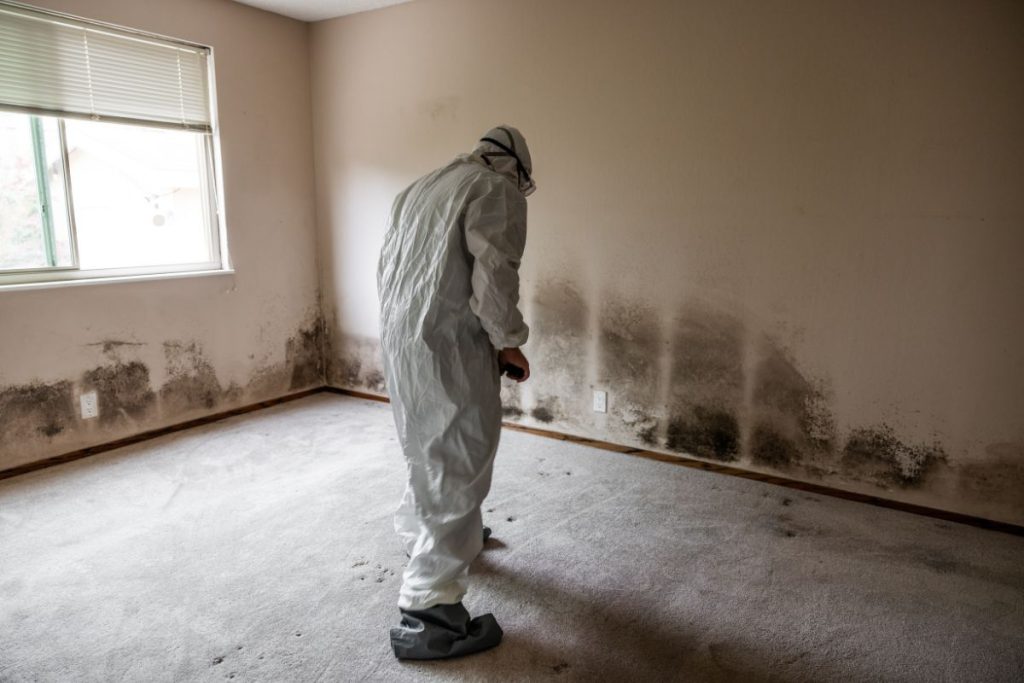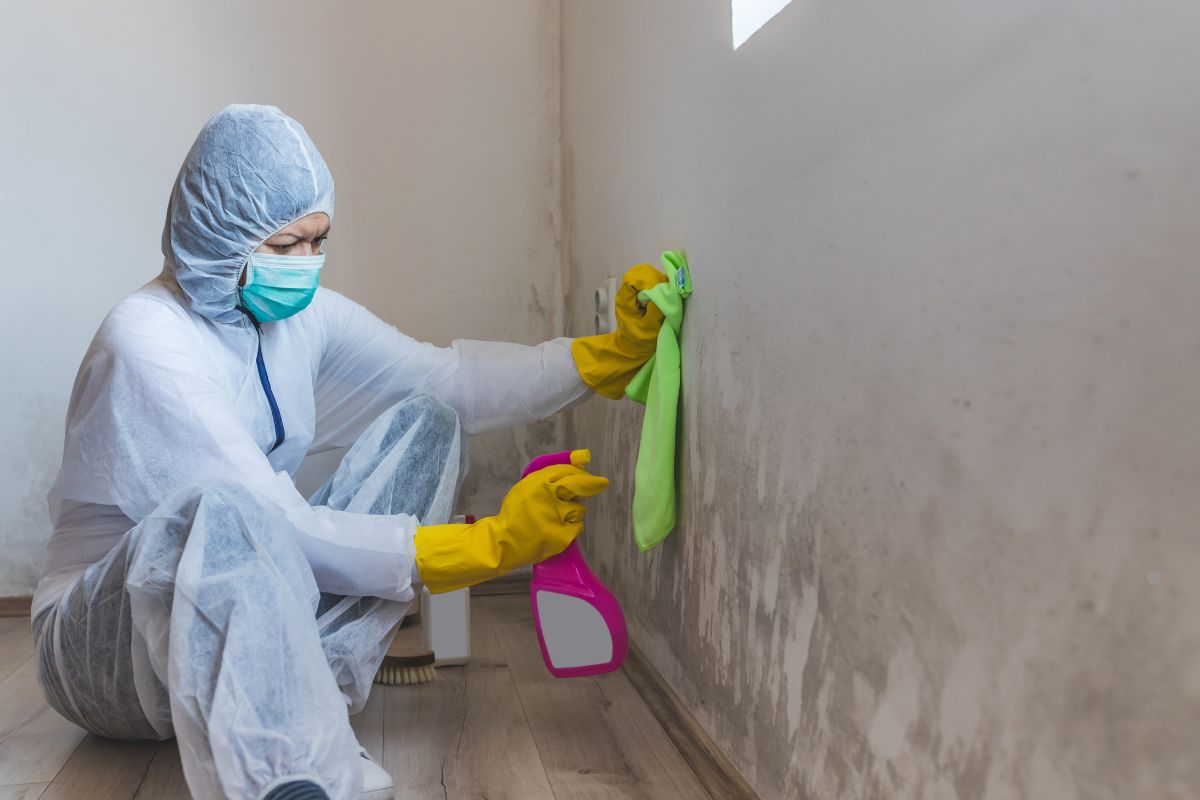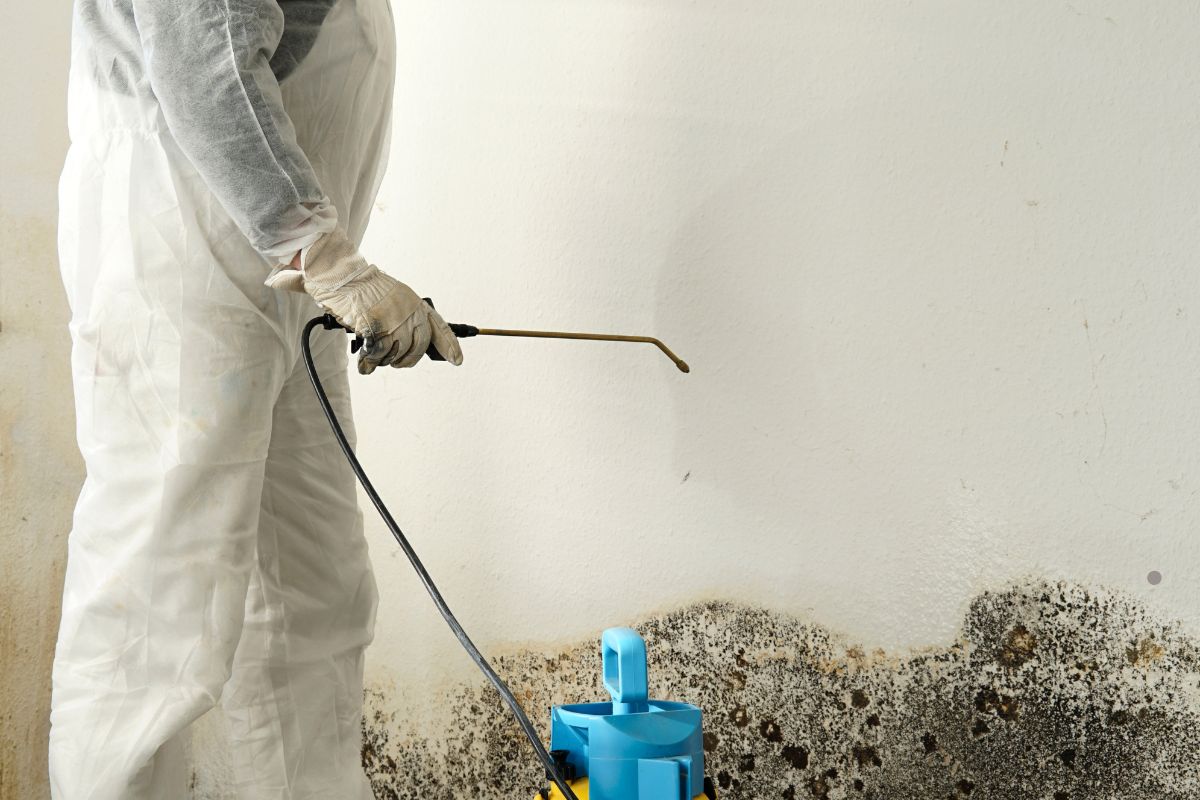
Are you concerned about the air you’re breathing in your own home? Volatile Organic Compounds (VOCs) and formaldehyde are common indoor pollutants that can impact your health and well-being. This article provides a complete overview of these invisible dangers and explains why a professional VOC & Formaldehyde inspection is essential for a healthier and safer home environment. Call us now to schedule your inspection and breathe easier.
Understanding Indoor Air Quality: VOCs and Formaldehyde
Indoor air quality is often overlooked, yet it’s crucial to our health. We spend a significant portion of our lives indoors, where pollutants can accumulate. Two of the most concerning culprits are Volatile Organic Compounds (VOCs) and formaldehyde. These invisible chemicals can off-gas from everyday household items and building materials, leading to various health problems. Knowing the risks and taking proactive steps is essential to ensure your family’s well-being.

What are VOCs?
Volatile Organic Compounds (VOCs) are a large group of chemicals that evaporate readily at room temperature. This “off-gassing” releases these compounds into the air we breathe. Think of that “new car smell” – that’s mostly VOCs! The EPA defines VOCs as organic chemical compounds whose composition makes it possible for them to evaporate under normal indoor atmospheric conditions of temperature and pressure.
- Sources of VOCs in Your Home: VOCs are found in a surprising number of household products, including paints, varnishes, cleaning supplies, adhesives, pesticides, and even personal care products. New furniture, carpets, and building materials also commonly release VOCs.
- Common VOCs and Their Sources: Examples include:
- Benzene: Found in gasoline, paints, and detergents.
- Toluene: Used in paints, adhesives, and nail polish remover.
- Xylene: Present in paints, varnishes, and cleaning agents.
- Formaldehyde: (Discussed in detail below)
Formaldehyde: A Specific Threat
Formaldehyde is a colorless gas with a strong, pungent odor. It’s particularly concerning VOC due to its widespread use and potential health effects. It’s classified as a known human carcinogen by the International Agency for Research on Cancer (IARC).
- Where is Formaldehyde Found? Formaldehyde is primarily found in pressed wood products like particleboard, plywood, and MDF (medium-density fiberboard). It’s also used in adhesives, some textiles, and even some insulation materials. New furniture and newly constructed or renovated homes often have higher formaldehyde levels.
- Formaldehyde Exposure and Health Risks: Exposure to formaldehyde can cause a range of health problems, from eye, nose, and throat irritation to more severe respiratory issues and even cancer with prolonged exposure.
The Health Impact of VOCs and Formaldehyde
Exposure to VOCs and formaldehyde can have both short-term and long-term effects on your health. The severity of the impact depends on the concentration of the pollutants, the duration of exposure, and individual sensitivity.
- Short-Term Effects: Common short-term symptoms include:
- Eye, nose, and throat irritation
- Headaches
- Dizziness
- Fatigue
- Skin rashes
- Long-Term Health Consequences: Prolonged exposure can lead to more serious health problems, including:
- Respiratory problems, such as asthma and bronchitis
- Increased risk of certain cancers
- Neurological issues
- Vulnerable Populations: Children, the elderly, and individuals with pre-existing respiratory conditions are particularly vulnerable to the harmful effects of VOCs and formaldehyde.
Why Get an Inspection?
You might be wondering if your home is at risk. The truth is, you often can’t tell if you have elevated levels of VOCs or formaldehyde without professional testing. While some people may experience noticeable symptoms, others might not realize they’re being exposed.
- When to Consider an Inspection: Consider a VOC & Formaldehyde inspection if:
- You’ve recently renovated your home or installed new furniture.
- You’re experiencing unexplained health symptoms, such as those listed above.
- You notice a strong chemical odor in your home.
- You have concerns about the air quality in a nursery or children’s room.
- You’re buying a new home and want to ensure a healthy indoor environment.
- Benefits of Professional Testing: Professional testing provides accurate and reliable results, unlike DIY kits that can be unreliable. A qualified inspector can identify the specific VOCs and formaldehyde present in your home and recommend effective remediation strategies.

The Inspection Process
Understanding the inspection process can help you feel more comfortable and prepared.
- Preparing for the Inspection: Before the inspection, ventilate your home by opening windows and doors. Avoid using strong cleaning products or air fresheners. Provide the inspector with information about any recent renovations or new furniture purchases.
- The Inspection Procedure: A qualified inspector will use specialized equipment to collect air samples from various locations in your home. These samples are then sent to a laboratory for analysis.
- Understanding the Results: Once the lab results are available, the inspector will provide you with a detailed report explaining the findings. The report will indicate the levels of VOCs and formaldehyde detected and compare them to established safety standards. The inspector will also discuss potential sources of the pollutants and recommend appropriate remediation measures. Take the first step toward a safer environment—contact our services for a comprehensive air quality inspection today!
Remediation and Mitigation
If your inspection reveals elevated levels of VOCs or formaldehyde, don’t panic. There are several effective strategies to improve your indoor air quality.
- Ventilation Strategies: Increase ventilation by opening windows and doors regularly. Use exhaust fans in kitchens and bathrooms to remove pollutants.
- Source Control: To reduce VOCs and formaldehyde, opt for low-VOC paints, cleaning supplies, and solid wood alternatives instead of pressed wood. Additionally, addressing wood mold removal is essential to maintain a healthy indoor air quality.
- Air Purifiers: Use air purifiers with activated carbon filters to remove VOCs and formaldehyde from the air. Ensure the purifier is appropriately sized for the room.
- Professional Remediation: In some cases, professional remediation may be necessary to address severe contamination. This might involve sealing off affected areas or removing contaminated materials.
Choosing a Qualified Inspector
Selecting the right inspector is crucial to ensure accurate and reliable results.
- Certifications and Qualifications: Look for inspectors who are certified by reputable organizations, such as the Indoor Air Quality Association (IAQA).
- Experience and Reputation: Choose an inspector with extensive experience in conducting VOC and formaldehyde inspections. Read online reviews and ask for references from previous clients.
- Ask for References: A reputable inspector should be happy to provide you with references. Contact those references and ask about their experience with the inspector.
Cost Considerations
The cost of a VOC & Formaldehyde inspection can vary depending on several factors.
- Factors Affecting the Cost: These factors include the size of your home, the number of samples taken, the complexity of the inspection, and the location.
- Get Multiple Quotes: To ensure you’re getting a fair price, it’s recommended to get quotes from several different inspectors before making a decision. For accurate and reliable inspection results, trust our certified experts. Contact us today for a thorough assessment!
Wrapping It Up
Protecting your family’s health starts with understanding the air you breathe. VOCs and formaldehyde are invisible threats that can significantly impact your well-being. By being aware of the risks and taking proactive steps, such as getting a professional inspection, you can create a healthier and safer home environment for yourself and your loved ones.
Don’t wait until health problems arise to address your indoor air quality. Schedule your VOC & Formaldehyde inspection today and breathe easier knowing your home is safe and healthy. Call us now to schedule your inspection and take the first step toward a healthier home!

